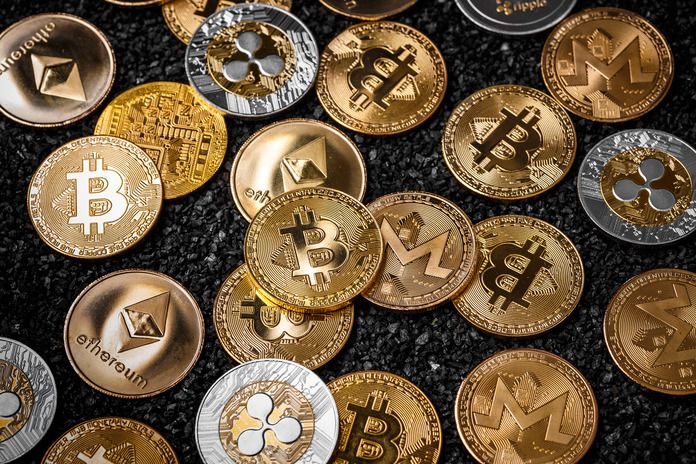Trump’s US Crypto Reserve Plan Fails to Sustain Crypto Rally

A rally in digital assets faded Monday despite new promises from Donald Trump about a US Crypto Reserve, a strategic stockpile of digital assets.
The president revealed Sunday on Truth Social that the reserve would include Bitcoin (BTC), Ethereum (ETH), XRP (XRP), Solana (SOL), and Cardano (ADA). This marked the first time he publicly outlined which digital assets would be included.
A Short-Lived Crypto Surge
Following Trump’s post, Bitcoin (BTC) surged above $94,000 Monday morning, reversing recent declines. However, the rally was short-lived, as BTC fell below $86,000 by the afternoon, marking a 9% decline.
Bitcoin remains down 21% from its all-time high of over $109,000, reached on the day of Trump’s inauguration in January. Other major cryptocurrencies followed suit, with Ethereum (ETH) dropping over 15%, XRP (XRP) and Cardano (ADA) both declining 17%, and Solana (SOL) falling 18%.
Trump’s Commitment to the US Crypto Reserve
The US Crypto Reserve is one of Trump’s biggest crypto-related promises. He previously vowed to make the United States the “crypto capital of the planet” and signed a crypto-focused executive order in January.
This executive order created a presidential working group on digital assets, tasked with evaluating the feasibility of a national digital asset stockpile. The order also suggested that cryptocurrencies lawfully seized by the government could contribute to this reserve.
David Sacks, Trump’s AI and crypto czar, confirmed in early February that the administration was in the “very early stages” of exploring a Bitcoin reserve.
If implemented, the inclusion of Solana (SOL), XRP (XRP), and Cardano (ADA) in the reserve could significantly boost their legitimacy. Unlike Bitcoin (BTC) and Ethereum (ETH), these digital assets lack strong backing from Wall Street institutions.
Congressional Approval and Market Uncertainty
While Trump’s executive order initiated the discussion, the creation of a US Crypto Reserve may require congressional approval. Lawmakers, including Senator Cynthia Lummis, have proposed a government crypto-buying program that would allow the Federal Reserve to purchase Bitcoin using certificates similar to gold reserves.
Lummis emphasized that Bitcoin’s short-term volatility should not overshadow its long-term value as a strategic asset. She argued that a crypto reserve could help stabilize government holdings and complement the US dollar’s status as a global reserve currency.
“We need to help people understand that Bitcoin volatility is normal,” Lummis said in an interview with Yahoo Finance. “A strategic reserve allows us to hold Bitcoin for the long term, insulating it from short-term market fluctuations.”
Trump’s Personal Crypto Investments
Trump himself is actively engaging with the cryptocurrency market. Just before his inauguration, his team launched two meme coins on the Solana blockchain: one for the 47th president (TRUMP) and another for First Lady Melania Trump (MELANIA).
However, these tokens faced steep declines on Monday, with TRUMP falling 25% and MELANIA dropping 15%.
What’s Next for the US Crypto Reserve?
Further details about the US Crypto Reserve could emerge at a cryptocurrency summit this Friday, where Trump is expected to speak. Investors and policymakers will be watching closely for clarifications on how the reserve would function and whether it requires legislative approval.
Despite the uncertainty, Trump’s pro-crypto stance continues to influence market sentiment. However, as Monday’s price action demonstrated, speculation alone may not be enough to sustain a rally.
For now, the future of the US Crypto Reserve remains uncertain, with both excitement and skepticism surrounding its potential impact on the digital asset landscape.
Featured Image: Freepik







